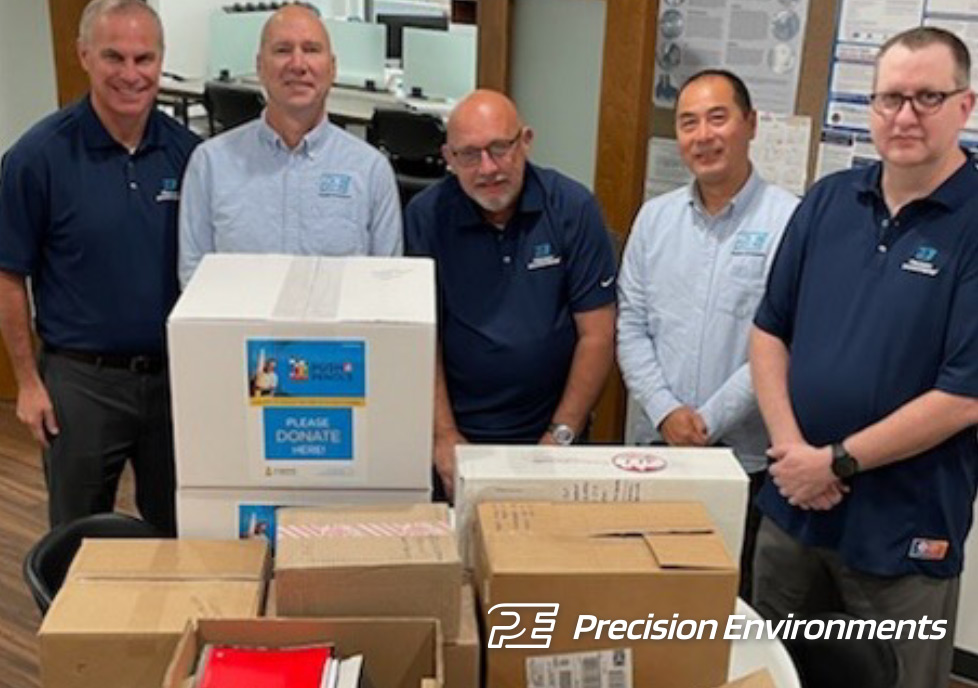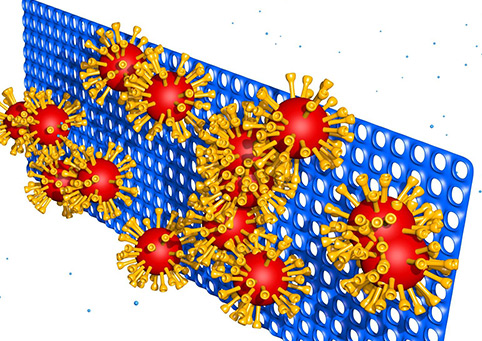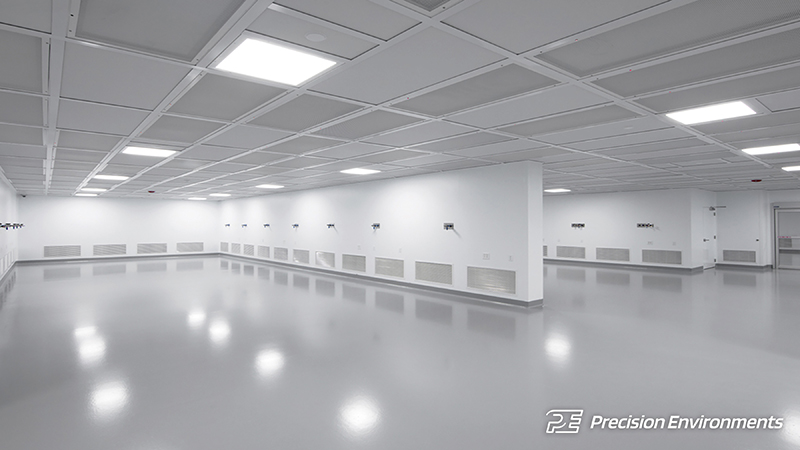An Introduction to the Question: What is a Cleanroom?
The cleanroom industry is diverse and intriguing, with each cleanroom tailored to its specific purpose. Unlike a one-size-fits-all approach, cleanrooms are uniquely designed to meet various requirements such as different industry standards, end-user specifications, regulatory guidelines, and spatial constraints. These engineered spaces play a crucial role in ensuring the quality and safety of the products we use daily, contributing to the smooth functioning of our world and the well-being of the people who inhabit it.
But what exactly is a cleanroom? It’s a seemingly simple question with a multitude of answers, as interpretations vary depending on whom you ask and what industry they’re involved in. However, the overarching objective remains consistent: to minimize the presence of particles in the environment. Cleanrooms are categorized into different cleanliness levels known as classes, which are standardized by the ISO 14644-1 classifications ranging from ISO 1 (ultra-clean environments) to ISO 9 (comparable to normal room air). However, ISO classifications weren’t always used to classify cleanrooms. Federal Standard 209E was used up until its cancellation in November 2001. Although it was replaced by the ISO standards, you still see FED 209E terminology used throughout the cleanroom industry (class 10, class 100, class 1,000, etc.). Click here to read more about particle sizes/counts, and how they match up to the ISO classes.
The ISO class of a cleanroom significantly influences its design and appearance. Cleanrooms falling within ISO classes 5 to 8 are the most common and can be found across several industries including medical devices, pharmaceuticals, aerospace, biotech, semiconductor, and microelectronics.
In the pharmaceutical, medical device, and biotechnology (life science) industries, cleanrooms are constructed to adhere to high-quality standards such as Good Manufacturing Practice (GMP) or Current Good Manufacturing Practice (cGMP). These cleanrooms typically fall within ISO classes 7 and 8, with critical areas achieving ISO 5 classification. They not only focus on reducing the total number of particles but also on controlling the type of particles present. These two particle types are categorized into viable (live microorganisms) and non-viable (non-living particles). As a result, cleanroom materials that offer increased durability to disinfectants and sporicidal agents are considered. Additionally, smooth surfaces and coving at corners are incorporated to facilitate easier cleaning, in so doing improving efficiency, and minimizing the risk of viable contamination to products that could cause negative outcomes for patients.
Industries like microelectronics, semiconductors, and aerospace prioritize overall particle reduction rather than the type of particle present. Cleanrooms in these sectors often range from ISO 4 to ISO 8. Unlike life science cleanrooms, their design emphasizes total particle reduction rather than reducing specific particle types. This results in distinct differences in appearance, such as variations in ceiling structure and/or flooring design. These variations are aimed at enhancing airflow and significantly reducing total particle counts.
Compare the two photographs below and notice the differences between the design in floor, walls, and ceiling. These differences are a direct result of the specific need for the cleanroom per the industry and outcome desired.
In conclusion, cleanrooms play a vital role in maintaining product integrity and safety across diverse industries, each tailored to meet specific cleanliness and regulatory requirements.
Jeff Meek
Regional Sales Manager
Recent Posts
Precision Environments, Inc.
Corporate Headquarters
4440 Lake Forest Drive Suite 120
Cincinnati, OH 45242
Phone: 513-847-1510






